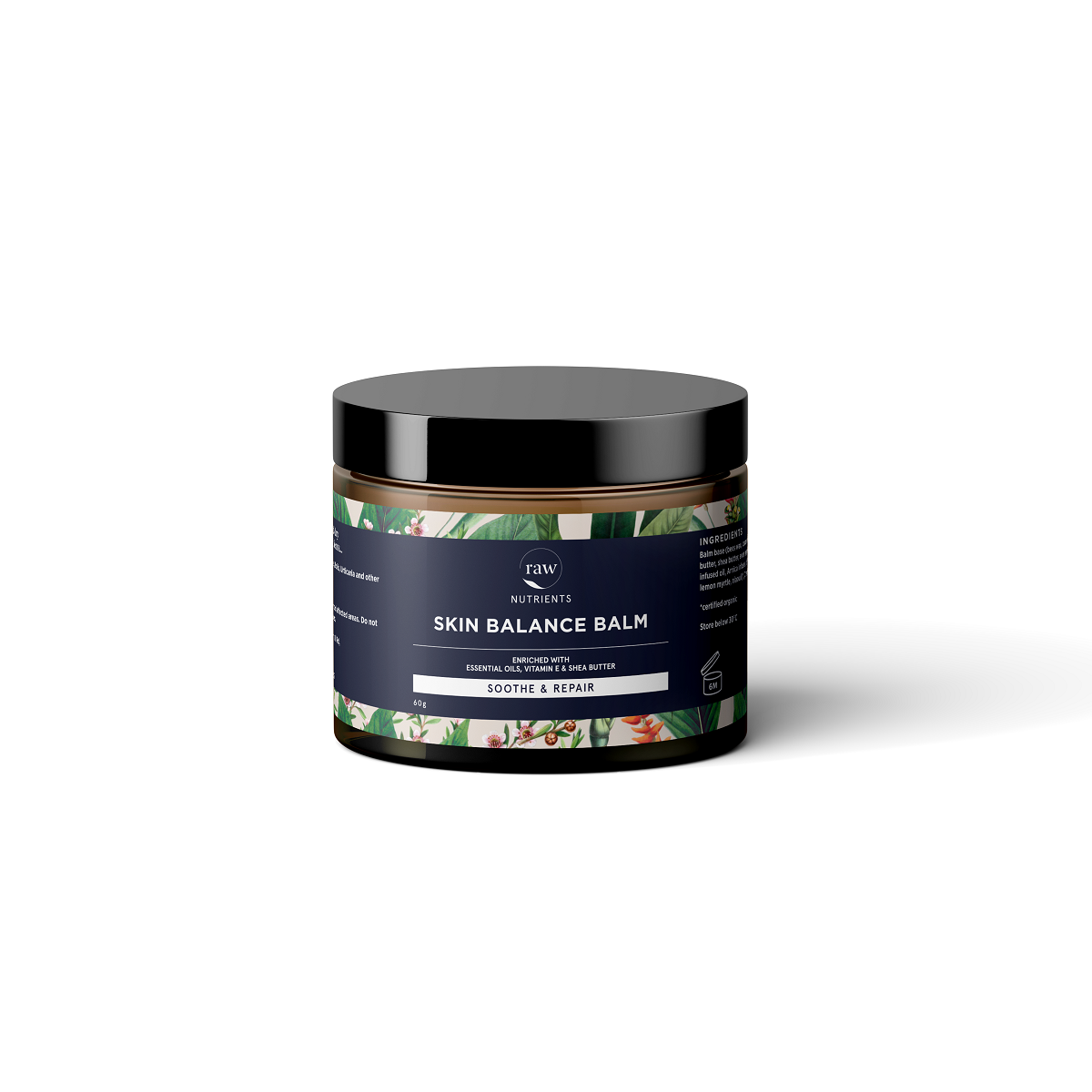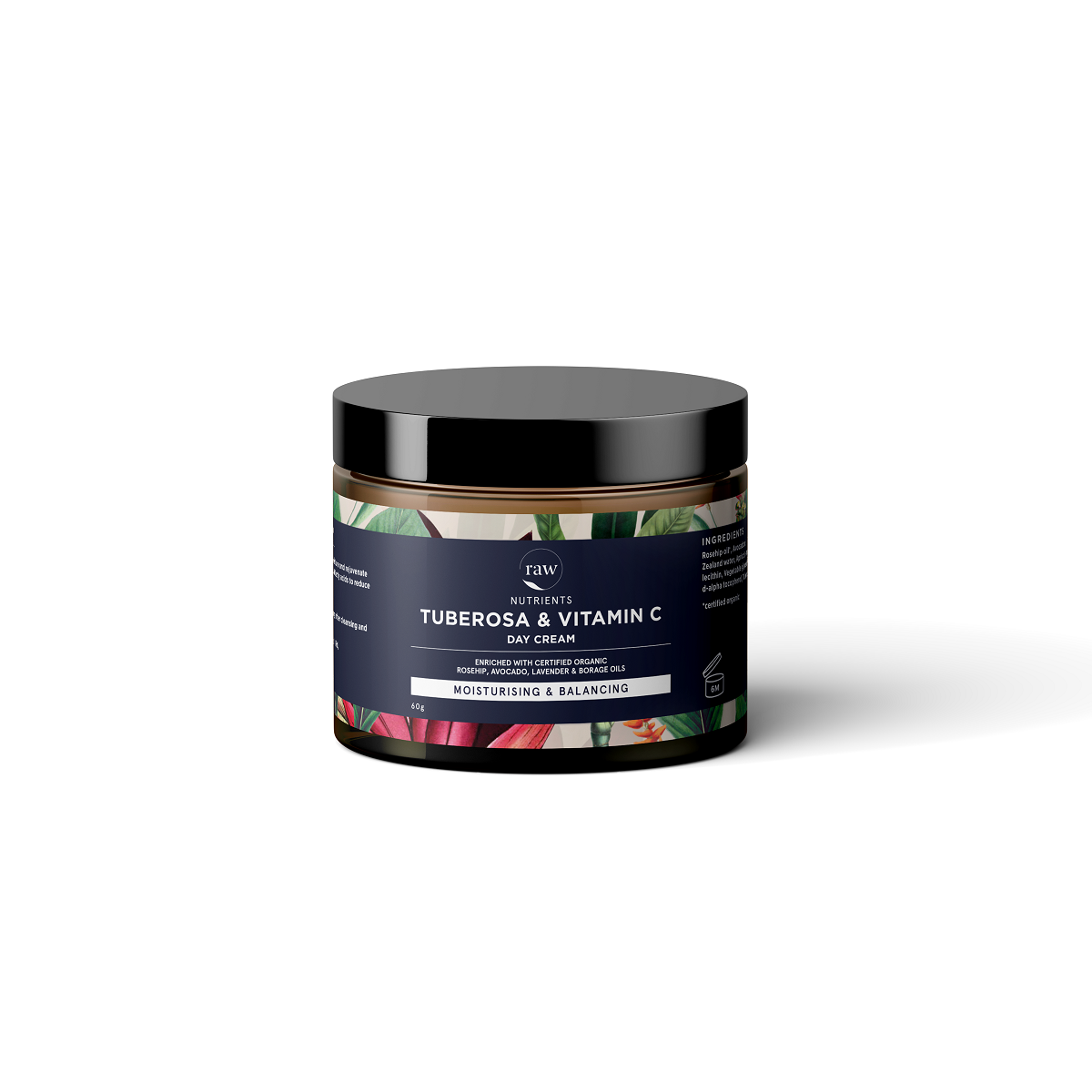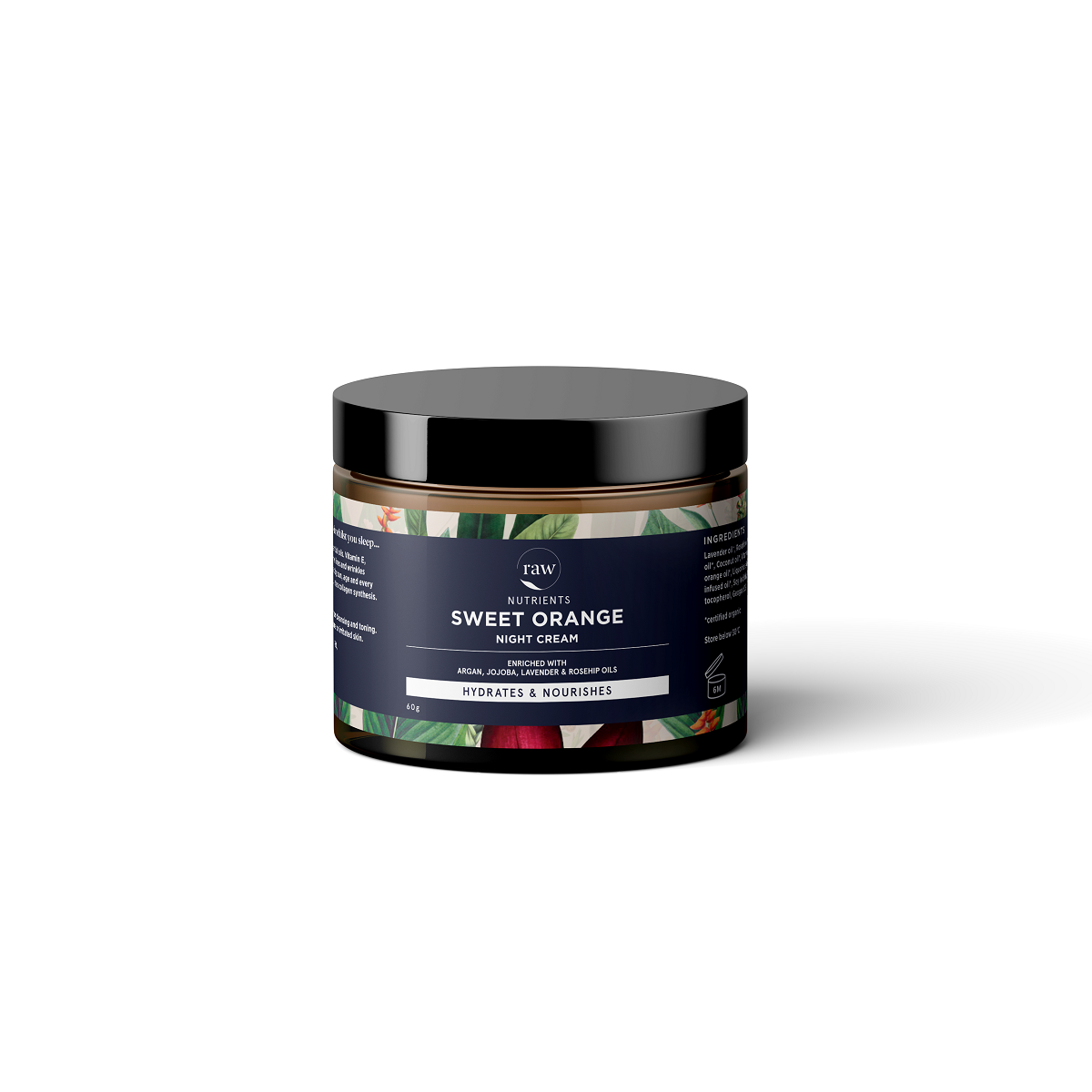-
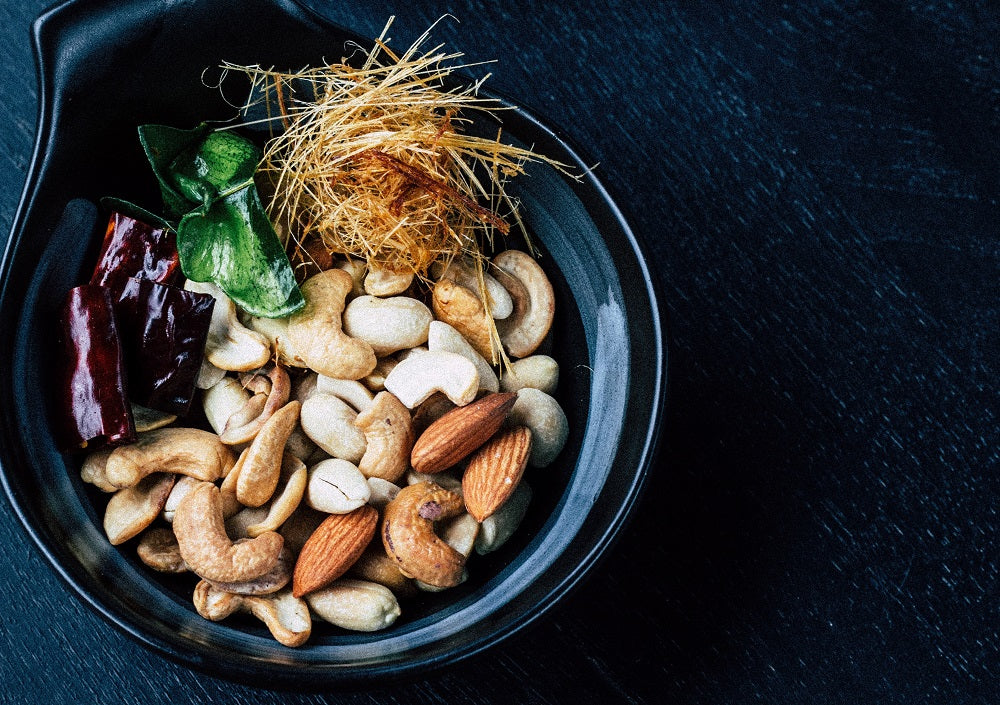
Think about zinc!
Zinc plays many important roles in your body. This essential dietary mineral is involved in metabolism processes, hel...
-

Magnesium; Are We Consuming Enough?
There is widespread magnesium deficiency, and given the importance of magnesium in the body, it is but essential to r...
-
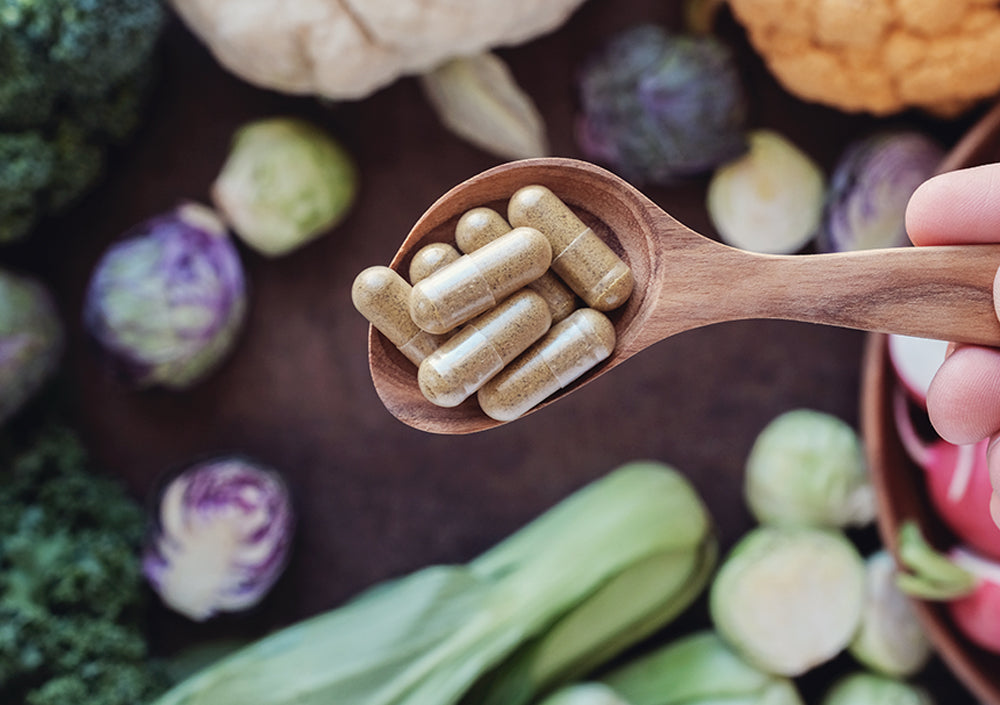
Probiotics; When & how do they work best?
Your gastrointestinal system comprises different microorganisms. The gut bacteria play a vital role in the health and...
-
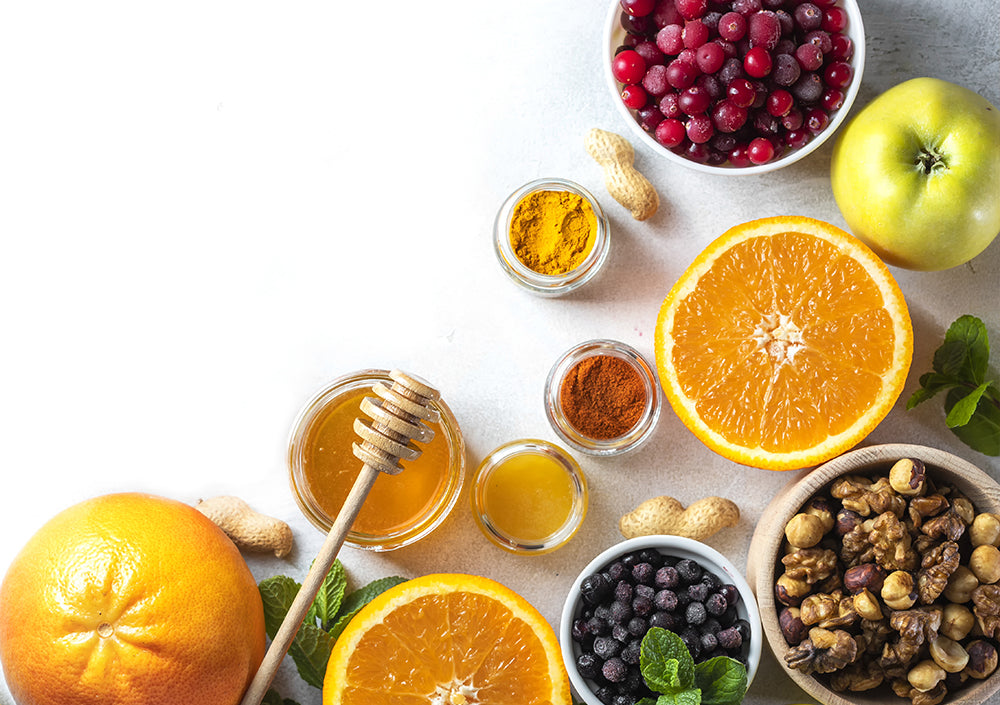
Vitamin C; How does it benefit wellness?
Vitamin C has gained popularity as an antioxidant. However, research claims that it can act as both an antioxidant an...

Histamine
Your body naturally produces both histamine and enzyme diamine oxidase. The enzyme breaks down histamine from foods, which is then stored in some cells of the body. Histamine is a biologically active substance that can affect blood vessels and the body’s immune response to an infection, inflammation, injury or allergic reaction. An injury to mast cells releases histamine. This is responsible for the dilation of the surrounding blood vessels, which further makes capillaries more permeable. When this happens, leukocytes and blood plasma proteins from the immune system, are leaked into the injury site to fight the infection and attack foreign bodies at the site of infection or injured tissue. This is how the body’s self-repair system works.
In simple words, histamines are part of your internal defense system and help your body rid itself of allergens. When histamines are actively working to purge the body off allergy triggers, the process can make you sneeze, itch, or tear up.
When someone is allergic to something, which could be food or dust, their body’s defense or immune system starts a chain reaction, mistaking it as harmful. As a result, histamine is released into the bloodstream along with other chemicals, triggering allergic reactions in the nose, eyes, skin, throat, lungs, or gastrointestinal tract.
What Triggers Reactions
The immune system may trigger a hypersensitivity response to antigens, which are usually harmless foreign substances. As a result, mast cells start releasing histamine in inordinate amounts. The antibodies bound to mast cells are released and bind to antigens to eliminate them from the body. In the process, mast cells release histamines. When histamines are released, there may be symptoms of a localized allergic reaction. The symptoms may show up in the form of watery eyes, runny nose, tissue swelling, and constriction of bronchi.
Many ingredients affect the digestive system. They may have a positive or negative response from the immune system. Toxins in food, food allergens, environmental stressors all may trigger an allergic response or histamine intolerance. Histamine is found in almost all tissues and stored in mast cells.
On the other hand, there are many ingredients that reduce the intestinal inflammatory response and help with digestion.
Allergenic and hypersensitivity-inducing foods
What causes a food allergy? When the immune system initiates an adverse response to a specific protein in the food, it results in an allergic reaction. The reason is that the body’s defense system mistakenly treats it as harmful, triggering a quick antibody response, that is, immunoglobulin E.
However, certain types of food allergies are different from those triggered by the immunoglobulin E reaction. Such allergies are rare. For example, celiac disease.
Some of the common factors that raise the risk of allergies include:
- the liberal intake of antibiotics in early childhood,72
- allergenic diet of the mother,73
- certain vaccines,74 75
- particularly adjuvants,76
- various chemicals (including pesticides containing dichlorophenol).77
Some of the most common food allergens include cereal products, tree nuts, milk products, cereals, egg, peanut, salt water fish, and soy. Food allergies are common during childhood and may disappear with age. One may experience severe allergic reactions to food immediately after the ingestion of the allergen. Such adverse events are intense than hypersensitivity reactions that are often associated with milder symptoms.78
Symptoms of Histamine Intolerance
- Itchy skin
- Nettle rash
- Sneezing
- Swallowing problems
- Runny or blocked nose
- Abdominal pain
- Nausea and vomiting
- Red, watery eyes
- Unexplained anxiety
- Chronic constipation
- Irritable bowel syndrome
- Unexplained exhaustion
- Dizziness
- Severe menstrual pain
What causes food-related hypersensitivity reactions?79
In some cases, there could be food hypersensitivity symptoms caused by other biogenic amine in food, including, histamine and tyramine. In some individuals, food releases histamine in the body, known as Histamine Intolerance Syndrome.81 Such Individuals are found to be deficient in diamine oxidase, which is responsible for histamine metabolism in the body.82
- Digestive malabsorption
- Digestive disorders
- Increased gut permeability
- Immunological reactions (immunoglobulins)
- Toxins (additives and natural compounds)80
In the heart, there are two types of histamine receptors, including H1- and H2-receptors. While H1 receptors play a role in chronotropic effects and vasoconstriction, H2-receptors make the heart rate to increase and cause coronary vasodilatation. A research study concludes that histamine might influence chronotropic, coronary vasoconstriction, and vasodilatation effects.[1]
Therefore, histamine may increase the heart rate. Besides, it is associated with flushing, nasal congestion, abdominal pain, and diarrhea. In some patients, it may trigger neurological symptoms, including anxiety, dizziness, and headaches. A migraine attack83 is commonly associated with Tyramine.
Antihistamines are administered to prevent severe histamine reactions or the patient may be advised to take diamine oxidase enzymes. One study noted an increase in the heart rate due to a histamine trigger in a group of individuals, which was reversed by the H1 antagonist, diphenhydramine.[2]
ALLERGIC REACTION
- Allergen
- Initial contact
- with allergen
- B cell
- Plasma cell
- Released
- lgE antibodies
- Mast cell
- lgE
Foods rich in histamine or other vasoactive amines
Your immune system may see the following as a threat and trigger a histamine reaction:
- Wine, alcoholic cider, beer and other fermented alcoholic drinks
- Fermented foods (sauerkraut, wine vinegar, soy sauce, kefir, yogurt, kombucha)
- Aged cheeses
- Processed meat products (sausage, ham, salami, bacon)
- Smoked animal products
- Tree nuts (walnut, cashew, peanut)
- Dried fruit
- Yeast
- Gluten and similar products made from wheat
- Tomato
- Pumpkin
- Eggplant, spinach
- Certain types of fish, including sardines, mackerel, tuna, and anchovies
Foods that release histamine in the system:
- Strawberry
- Papaya
- Banana
- Chocolate and cocoa
- Cow’s milk
- Papaya
- Pineapple
- Pork
- Citrus fruits
- Nuts
- Tomato
- Spinach
- Raw Egg white
- Food colors and additives
If you have a food allergy and accidentally consume that allergen, histamine will trigger an allergic reaction. After leaving mast cells, histamines boost the flow of blood in the affected area, resulting in inflammation. The immune system releases other chemicals for the healing process.
Histamine intolerance results from a buildup of histamine due to
- An increase in histamine release.
- A reduction in diamine oxidase that breaks down histamine.
- A reduction in the effectiveness of histamine-N-methyltransferas that is responsible for breaking down histamine within cells.
If someone suffering from pollen allergy comes in touch with the allergen, histamines trigger mucus formation by prompting membranes. When that happens, the result may be a runny, stuffy nose, sneezing, and itchy watery eyes.
Histamine poisoning may occur due to the consumption of fish that had got spoiled for not being kept at safe temperatures.
Certain medications might also interfere with DAO levels in the body. This includes muscular relaxants, heart medicines, airway medications, antidepressants, antibiotics, antipsychotics, pain medications, malaria drugs, gastro medicines, GERD and tuberculosis medicines.
Other factors that could play a role in triggering histamine intolerance include:
- Injury
- Trauma
- Alcohol consumption
- Intestinal conditions that affect the gut lining
- Liver conditions
- Deficiencies of vitamin b-6, vitamin c, copper, or zinc deficiencies
- Stress
- Temperature extremes
How To Treat Histamine Intolerance
Histamine is present in almost all foods. In some, it may be present in larger amounts while others might have traces of it. It usually increases as the food ferments. There are certain compounds in some foods that release histamine or block enzymes DAO and HMNT.
Diamine oxidase blockers:
- Alcohol
- Black tea
- Energy drinks
- Green tea
- Yerba maté
Some bacteria can produce a certain type of histamine in the gut. When these bacteria multiply in the gut, the result may be a boost in histamine production.
Several vitamins and minerals support DAO production in the body. Foods rich in these nutrients can help a person fight histamine intolerance. You could take nutritional supplements to support your diet.
- Vitamin C helps lower histamine and stimulates the break down of histamine by DAO
- Vitamin B-6 supports the DAO role in breaking down histamine
- Magnesium can strengthen your body’s response to allergic triggers
- Copper, manganese, and zinc may enhance DAO activity in breaking down histamine
- Calcium helps reduce hives and skin flushing
- Other important vitamins that could help the body fight histamine intolerance include folic acid, vitamin B-1 and B-12
Dietary changes can help reduce histamine sensitivity. It would help to eliminate triggers and focus on a low-histamine diet.
References
[1] Felix, S. B., Baumann, G., Helmus, S., & Sattelberger, U. (1988). The role of histamine in cardiac anaphylaxis; characterization of histaminergic H1- and H2-receptor effects. Basic research in cardiology, 83(5), 531–539. https://doi.org/10.1007/BF01906682
[2] Haggstrom, G. D., & Hirschowitz, B. I. (1984). Histamine H1 and H2 effects on gastric acid and pepsin, heart rate and blood pressure in humans. The Journal of pharmacology and experimental therapeutics, 231(1), 120–123.
You might be interested in...
Raw Resources
Read About the Science Behind the Supplements

